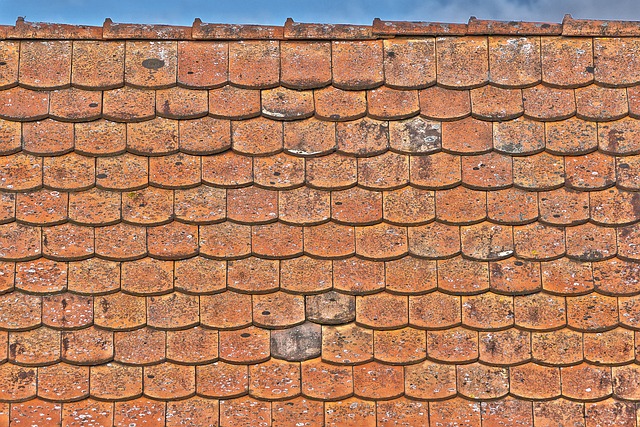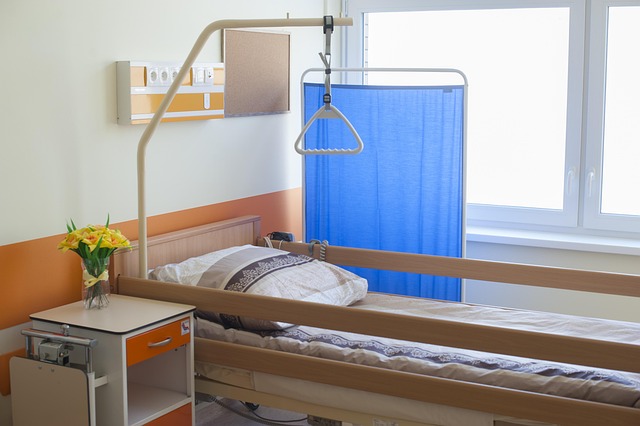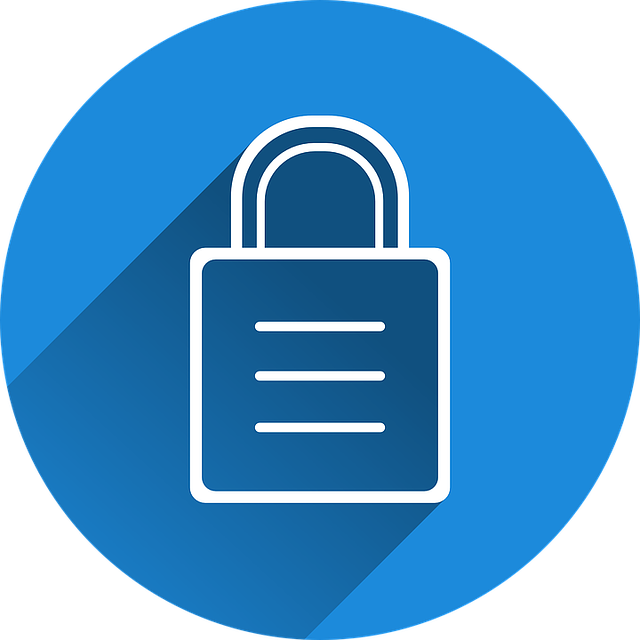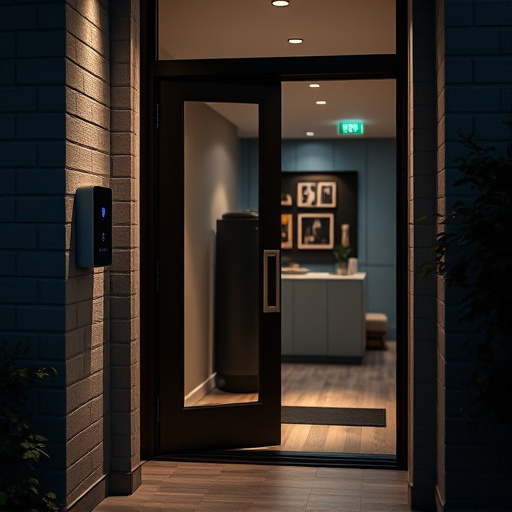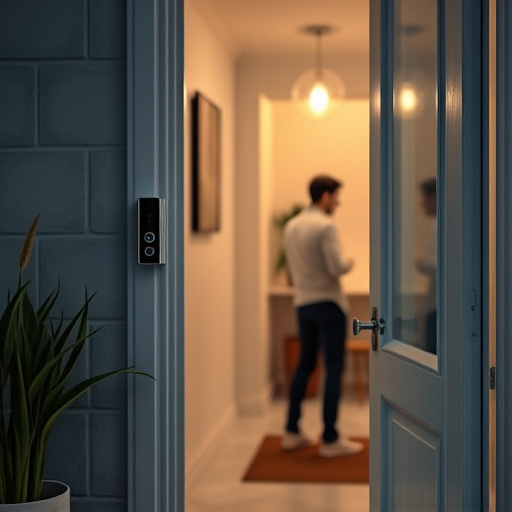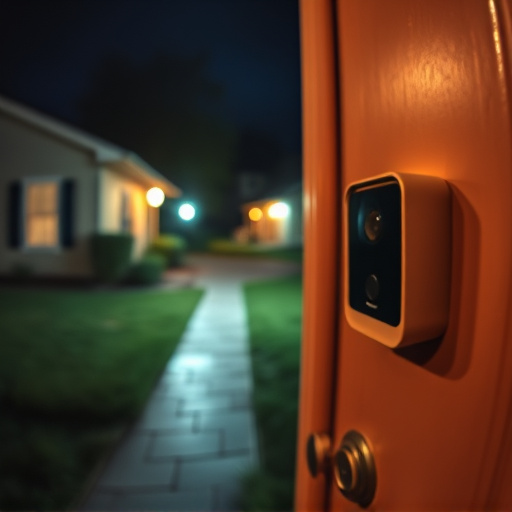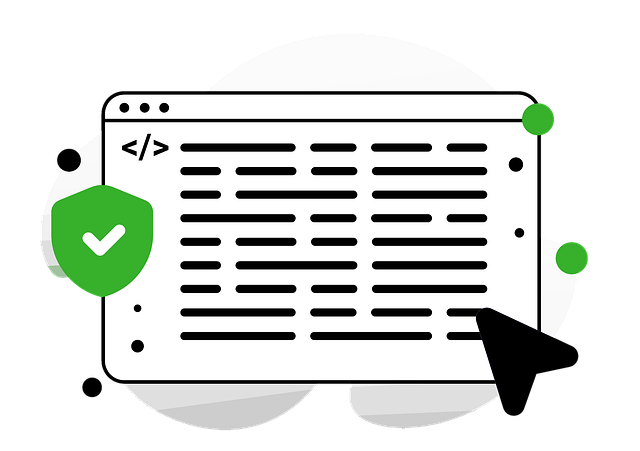Before implementing any DIY safety tips, conduct a thorough assessment of your current home security setup. Note existing measures like well-lit entryways or cameras. This evaluation identifies areas for upgrades, focusing on everyday protection steps such as password updates and vacation home security. By understanding your current security, you can tailor DIY solutions to fill gaps, enhancing personal security with simple yet effective strategies.
Enhancing personal security is a proactive step towards safeguarding your well-being. This article guides you through easy DIY steps and practical everyday protection practices to fortify your personal security. Start by assessing your current safety measures, identifying vulnerabilities in your home and daily routines. Implement simple yet effective solutions like upgrading locks, installing security cameras, and creating smart entry systems. Adopt everyday protection practices such as developing a personal safety routine, carrying essential self-defense tools, and staying vigilant in all aspects of your life. Discover these DIY safety tips for a more secure you.
- Assessing Your Current Safety Measures
- – Conduct a risk assessment of your home and daily routines
- – Identify vulnerabilities and areas for improvement
Assessing Your Current Safety Measures
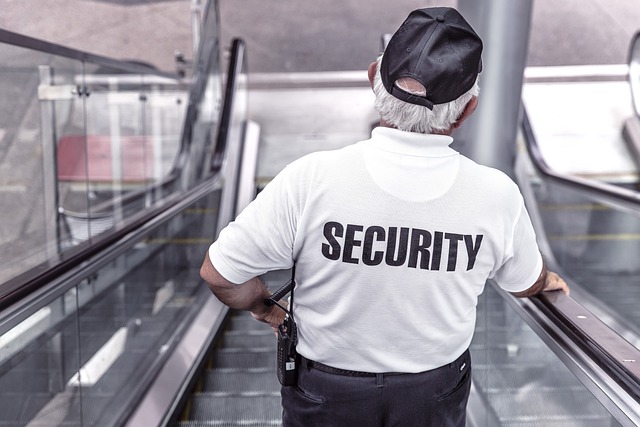
Before diving into implementing new DIY safety tips, it’s crucial to assess your current personal security measures. Take a moment to examine your surroundings, from the locks on your doors and windows to any existing security systems or alarms. Note the simple safety strategies you already have in place, such as well-lit entryways or security cameras. This evaluation will help identify areas where easy safety improvements can be made.
Consider everyday protection steps like updating your password combinations regularly, ensuring your home is secure when leaving for vacations, and being vigilant about unfamiliar individuals or activities around your property. By understanding your current personal safety measures, you can pinpoint specific DIY solutions tailored to address any gaps, enhancing your overall security with effective yet straightforward strategies.
– Conduct a risk assessment of your home and daily routines

Taking control of your personal security starts with a thorough understanding of your current risks and vulnerabilities. Conducting a risk assessment of both your home environment and daily routines is an essential DIY safety tip that empowers you to identify potential hazards and implement effective personal safety measures. Begin by walking around your property, noting entry points, potential hiding spots for intruders, and any areas lacking adequate lighting or security features. Check your doors and windows for weak points or unsecured fittings—simple yet effective easy safety improvements can significantly enhance personal security.
Next, consider your daily activities and habits. Evaluate the safety of your commute, especially if you travel alone. Identify potential threats in crowded places or during late-night outings. Simple safety strategies such as being aware of your surroundings, avoiding isolated areas, and keeping emergency contact details readily available can provide everyday protection steps that give you a sense of security. By proactively conducting this risk assessment, you’ll gain valuable insights to make informed decisions about implementing practical personal safety measures tailored to your specific needs.
– Identify vulnerabilities and areas for improvement

Personal security is a multifaceted concern that requires a thorough understanding of your vulnerabilities and areas for improvement. The first step in enhancing personal security is to conduct a self-assessment, identifying potential risks and weaknesses in your daily routines and surroundings. This might involve evaluating your home security measures, such as locks, alarms, or surveillance systems, and ensuring they are up to date and functioning optimally. Additionally, consider the safety aspects of your neighborhood and community, like well-lit streets and active watch programs.
Next, look inward at your personal habits and behaviors. Easy DIY safety tips include practicing simple routines like locking doors and windows when leaving the house or using a security check list before retiring for the night. Implementing easy safety improvements, such as installing bright outdoor lighting or keeping emergency numbers readily accessible, can significantly boost your overall personal security. Everyday protection steps, like being aware of your surroundings and trusting your instincts, are fundamental simple safety strategies that everyone should adopt for enhanced well-being.

